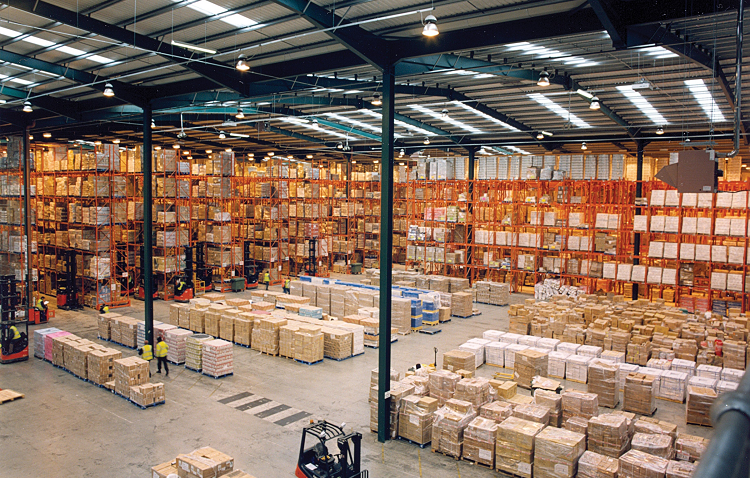
Every business is different and has unique requirements, constraints and operating conditions. However, any SME E-commerce enterprise undertaking their own fulfilment will have a storage and picking and packing facility and a distribution network – a warehouse and a fleet of trucks (or a 3PL).
A warehouse that is not managed efficiently and productively can quickly become a money pit, eating up precious operating resources and costs unnecessarily. That’s why a good and suitable WMS is a no-brainer. WMS vendor blurbs often claim that “you will wonder how you ever managed without our product’s advanced features”. This is actually in many cases some truth in this. Until you have experienced the benefits of a computerised WMS, you probably cannot appreciate the significant improvement it will make to a great number of aspects of day to day warehousing operations.
It’s difficult to draft a generic list of “most important” features because there are so many potential features available and because what is important to one company may irrelevant or not so important to another. However, every E-commerce company has one objective in common (other than profitability) and that is Customer Satisfaction. Here the warehouse has a make or break role. From ensuring that reordering and replenishment happen in a smooth and timely manner, to getting goods out of the door on schedule, to handling returns quickly and satisfactorily. Every step of the way is an opportunity for failure to raise its ugly head with the inevitable consequence of claims, bad online reviews and diminished reputation in the eyes of the customer.
So this list focuses on defence measures to best avoid disappointing customers. We examine what is vital in each of 5 common warehouse processes – Goods inward, Putaway, Control and management, Fulfilment, Despatch.
1) Goods Inward – Returns Processing
Unless it is optimised, handling returns can easily spiral into an uncontrolled and costly mess. A good system streamlines the process according to your customisable rules, and gets good stock back on the shelves for re-sale as fast as possible.
2) Racking – Put Away Decision Making
You certainly want the capability to define putaway rules based on metrics such as popularity (picking frequency), seasonality, storage unit, size, volume. In some cases it is also vital to keep items with specific characteristics well apart from each other, such as foodstuffs to prevent risk of allergen contamination. Good warehouse design at the outset will help ensure that the path from the receiving bay to any destination rack is as close to a straight line as possible for ease and speed of navigation by forklifts.
3) Control & Management – Optimisation & Efficiency Reporting
Efficiencies must be observable and measurable to be of any genuine value. A good module will present both a visual dashboard of the key metrics and KPIs, as well as providing low level capability to define the metrics you want and to enter or derive the relevant values to populate the data properly.
4) Fulfilment – Picking Methods
Picking is the most expensive of all warehouse operations. Except in vast automated warehouses, this is a task fulfilled by expensive human resources. Time is money and the objective of a good WMS is to reduce the time spent picking each order. This can be accomplished in several ways. Two ways are multiple order picking and batch picking. Multiple orders picking is where the picker picks several small orders at the same time, which reduces the amount of walking involved in picking. Batch picking is similar to multiple order picking except the picker does not pick the whole order but only the order components from his area bringing them to a consolidation point for sorting and packing. The selection of either method or others will depend on your order profile and product range.
5) Dispatch – Carrier Integration
Modern technology brings far better visibility of consignments than was possible even 10 years ago. No longer do parcels fall into a black hole once they leave your dispatch area. 3PLs offer integration with their systems to enable tracking at a granular level. Knowing where a customer’s package is, and when it is likely to be delivered, is good PR at worst and excellent customer service when an irate consumer phones to ask “where is my order?”
What We Do
We are not system vendors but we do provide advice on your needs and what to look for in a warehouse management system to best suit your specific operation. Please call for an informal introductory chat about you own requirements.
We also have a free downloadable resource you may find useful. Click here for a complimentary copy of our Warehouse Productivity Guide.


